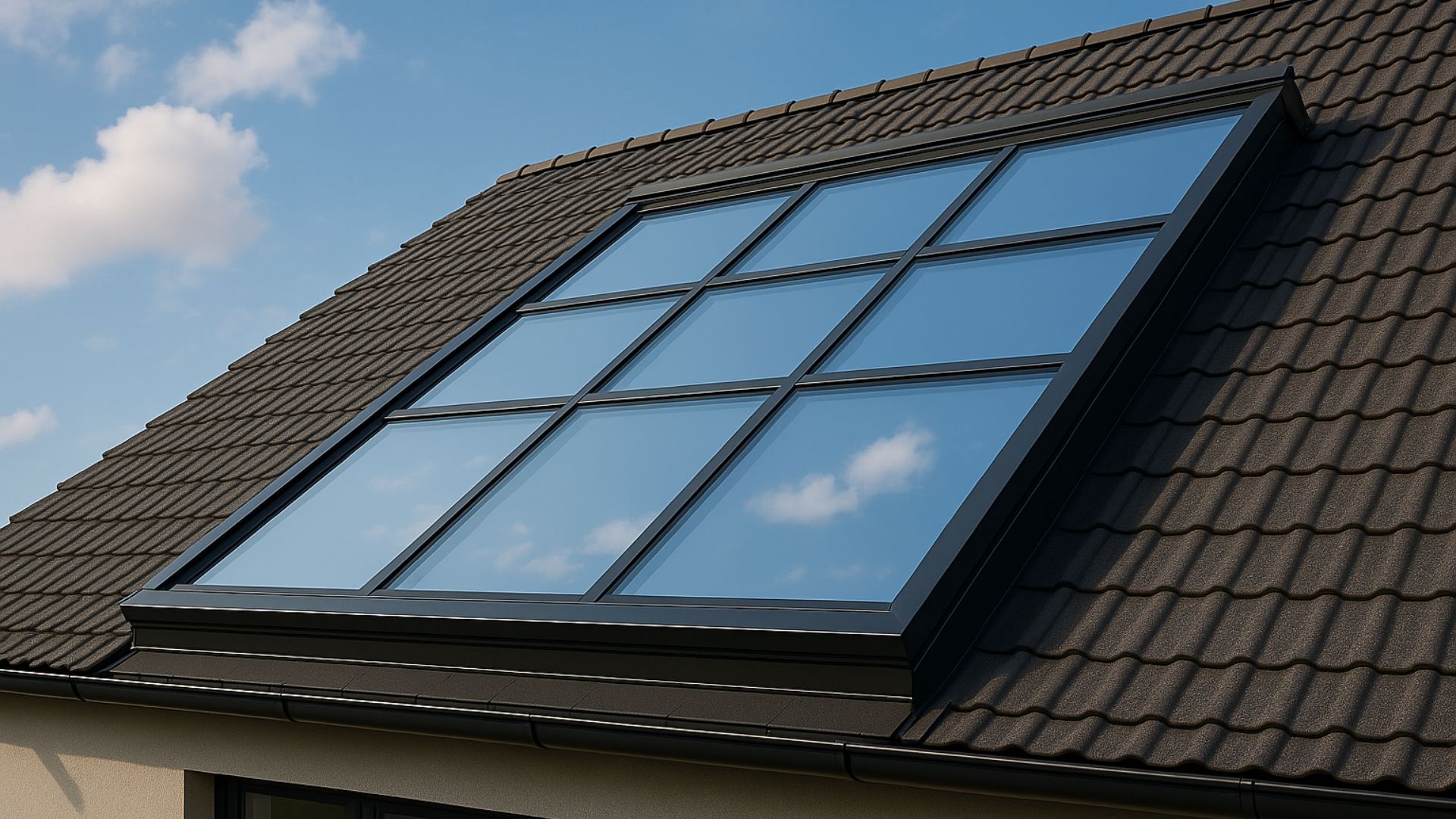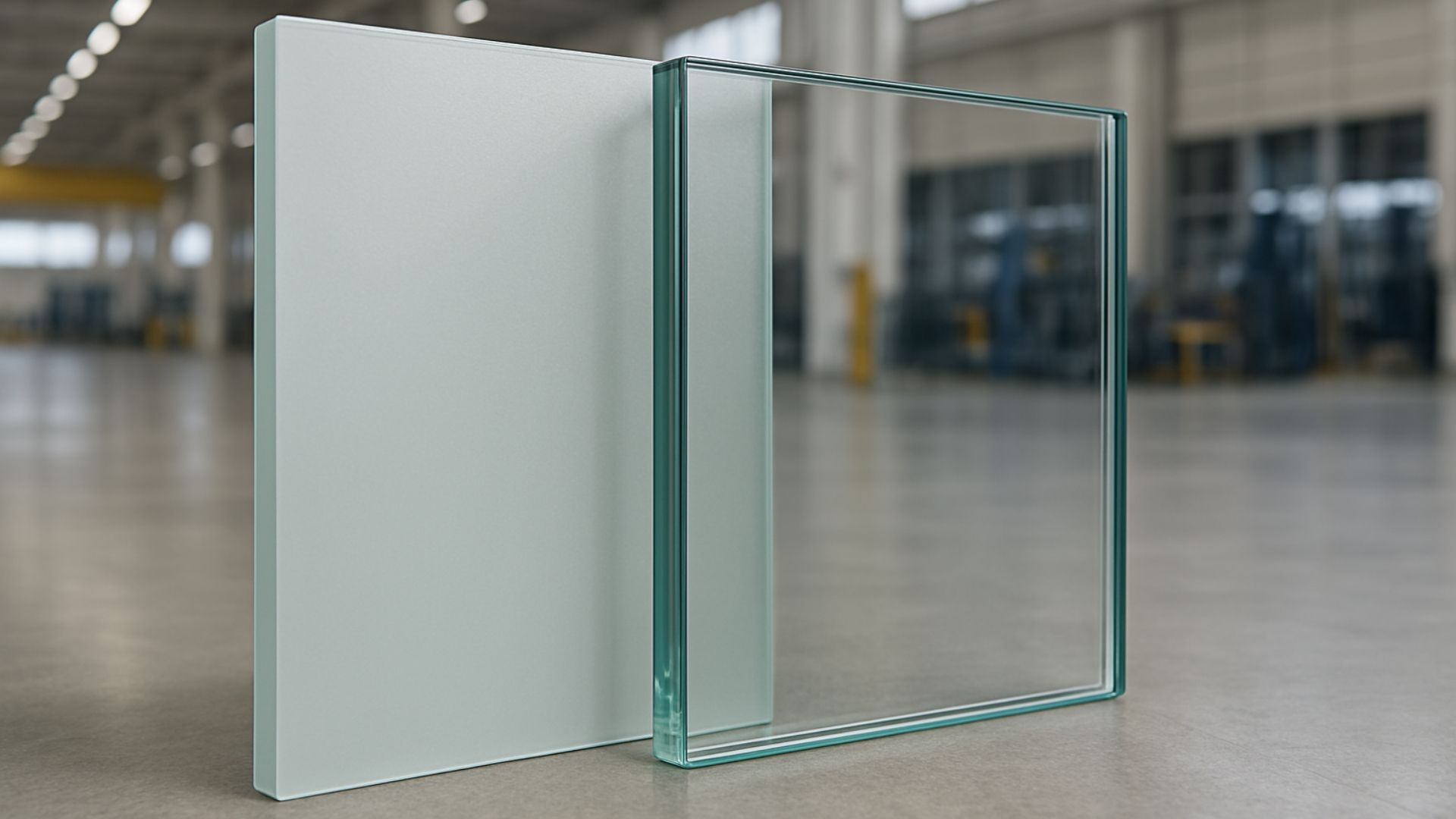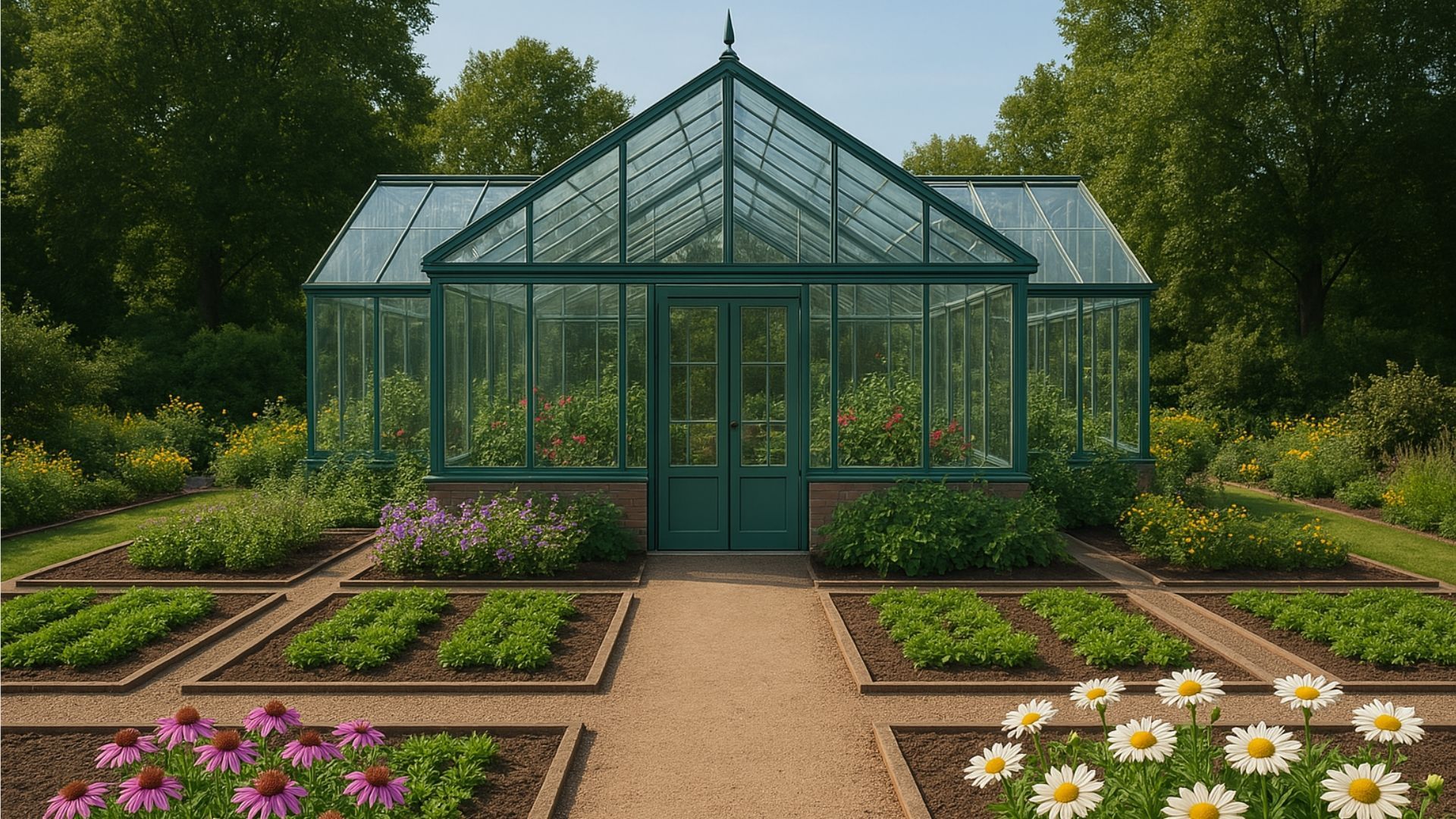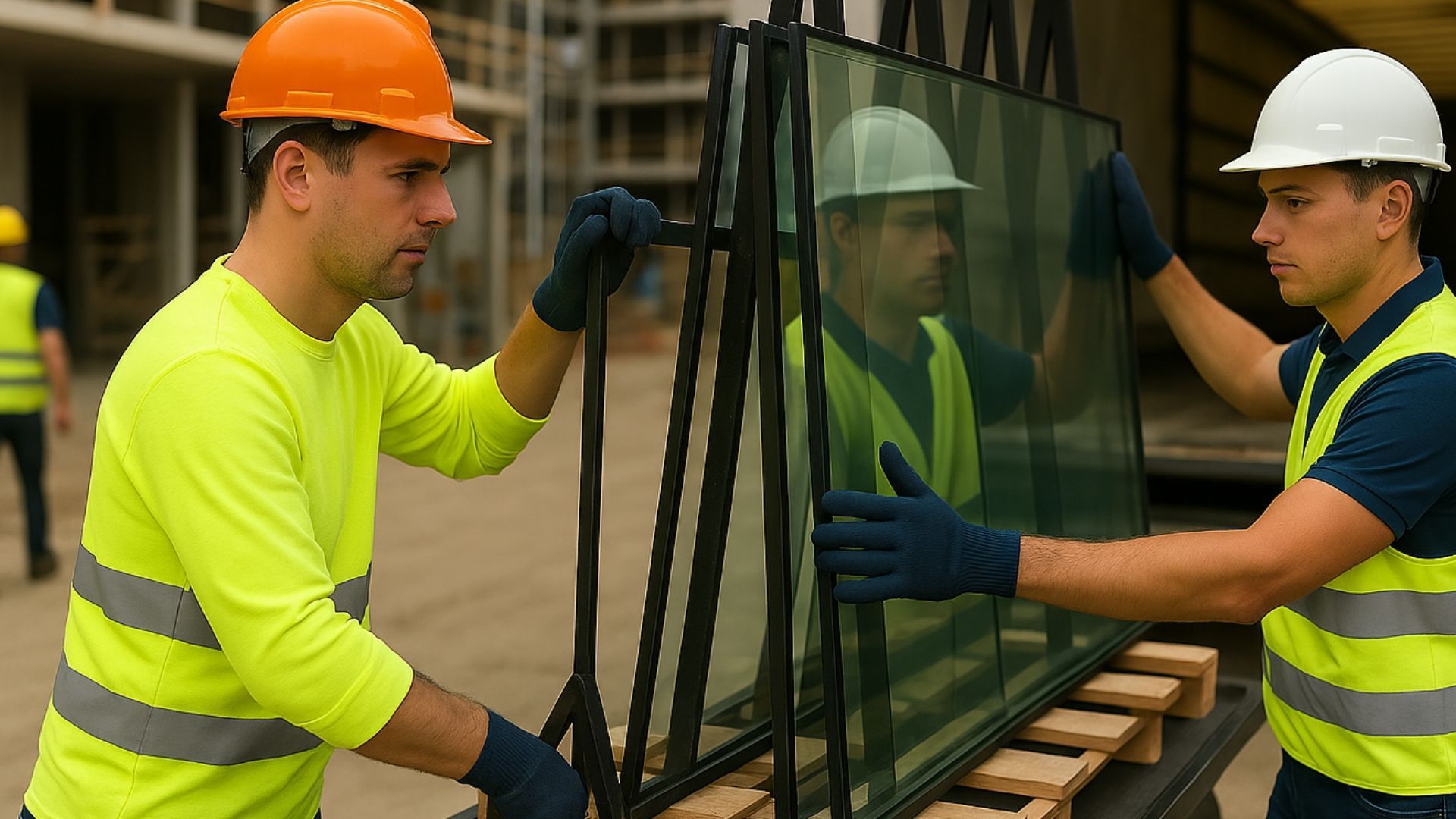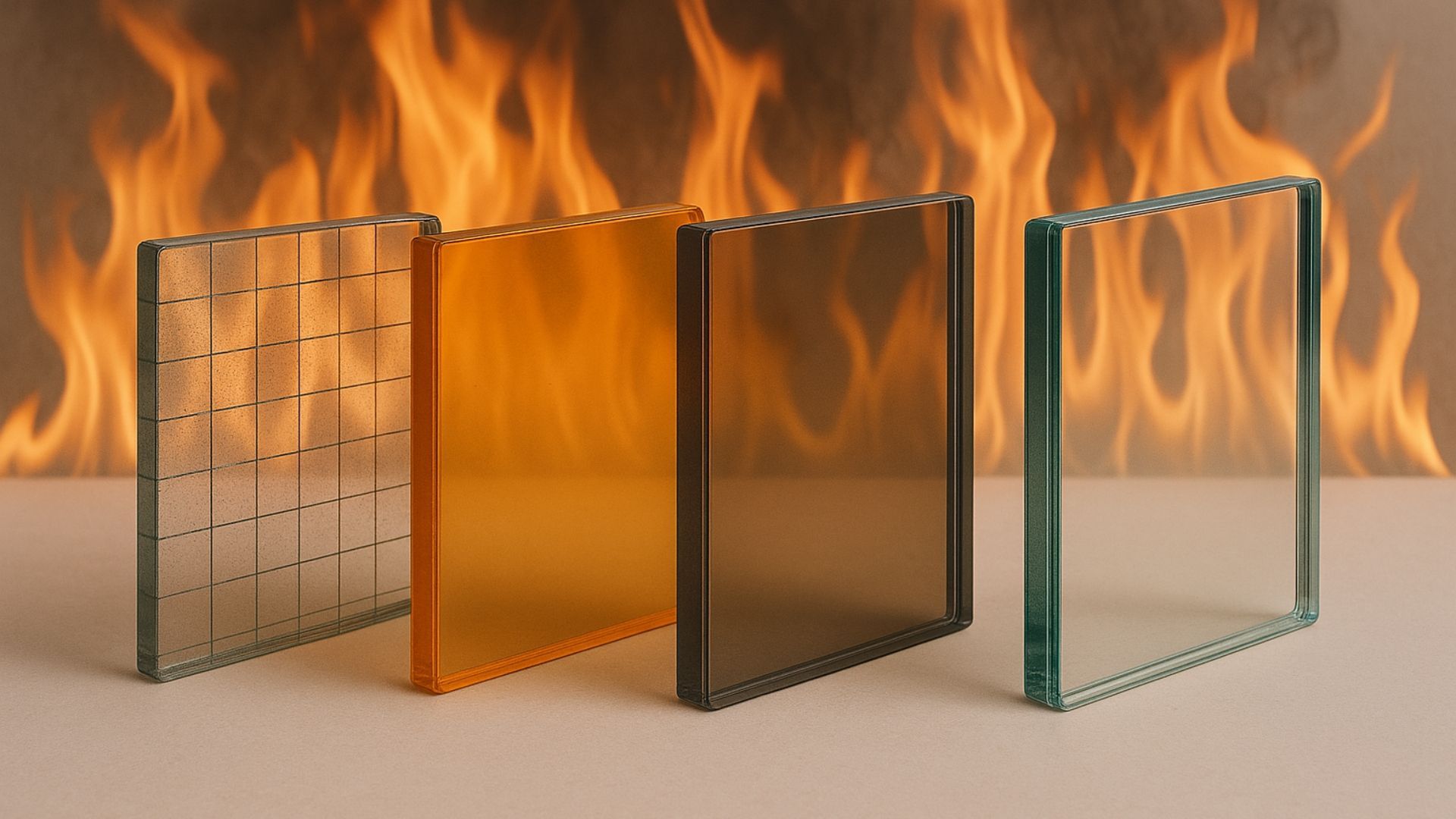The role of smart glass in sustainable building design
Share this blog:
Smart glass is futuristic and classy. But did you know it can also be eco-friendly? Find out more in our article.
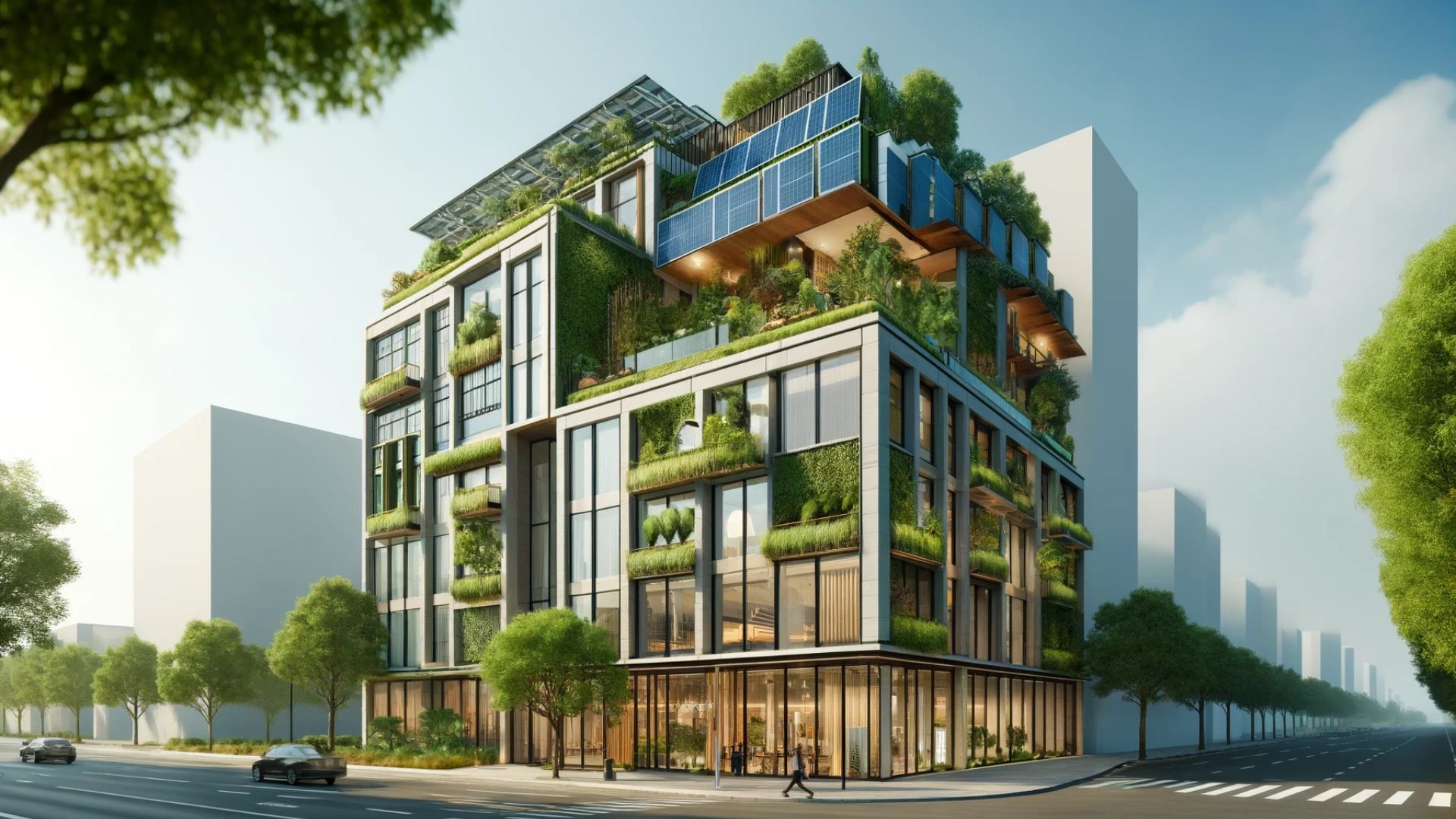
Smart glass is cool. It's a glass product with adjustable transparency. Want a crystal-clear view? You've got it. Want privacy? It's a button away. Want something in between? You can choose the precise level of translucency your heart desires.
Yes, it's cool alright – and some of its applications might make you think it's little more than an expensive toy. Consumer applications tend to be at the high-end end of the spectrum. Sunroofs of fancy-schmancy cars. Balcony doors in fancy-schmancy apartments. Windows on fancy-schmancy planes.
But smart glass is so much more than just a touch of classy fun. In medical settings, it can be used to provide privacy to patients. And in architecture, it can be used to make buildings more sustainable.
Sustainability has never been higher on the list of priorities for architects, designers and businesses. They're all looking for ways to balance environmental concerns with profit-making.
Sure, you can hire a private company to manage your recycling. You can hold webinars on sustainability. You can adopt a remote or hybrid working model to cut transport emissions.
But if your HQ isn't eco-friendly, all this is a time-consuming shot in the dark.
Smart glass is a forward-thinking, versatile product that can make buildings more green
and more chic. Why? It's all about energy efficiency.
Why is smart glass energy efficient?
The architect Norman Foster once said, "The buildings of the future will not be cold, lifeless and dark steel and glass boxes. Rather, they will be structures that breathe, generate their own power, and are alive with nature."
Sounds good! Sounds… expensive?
Well, there's no getting around the fact that the initial installation costs of smart glass are at the higher end. But like other energy-efficient types of glass, it has an equally high ROI.
First and foremost, smart glass helps regulate the ambient temperature of a building. It acts as an insulator, reducing the amount of heat entering and leaving the building.
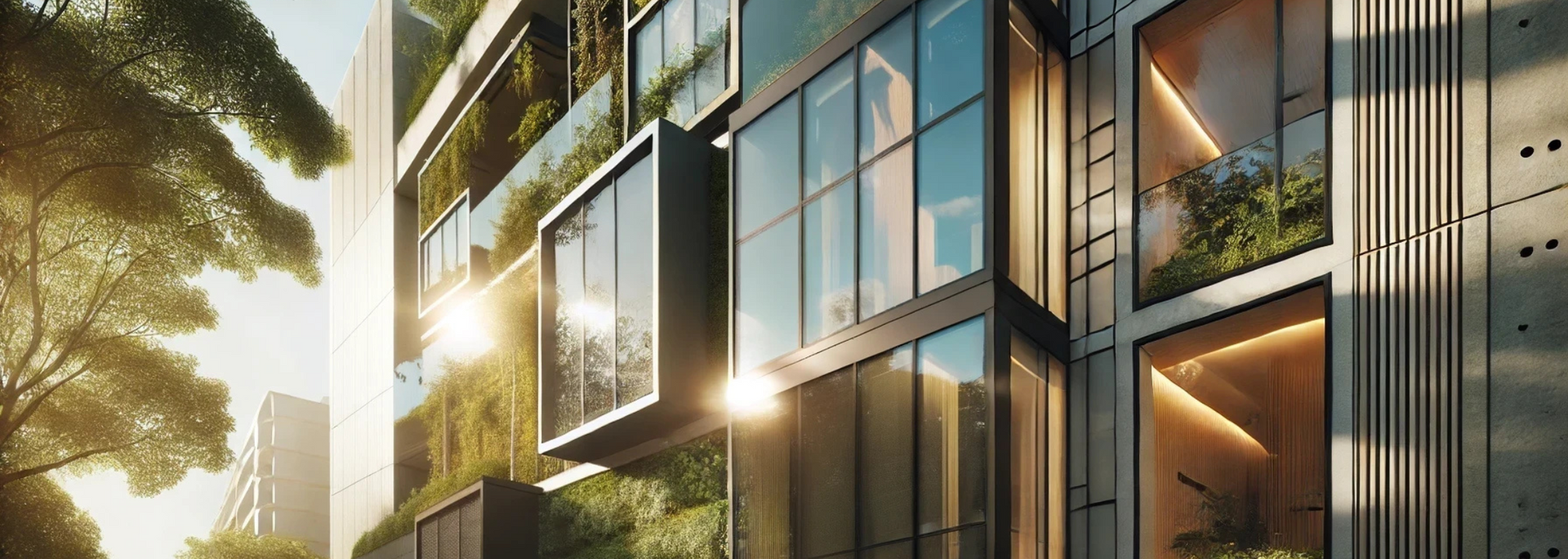
This makes it easier to heat the building and actively hard to waste money.
What's more, smart glass can, by definition, adjust the amount of light as well as heat that passes through a building.
Too often, businesses fritter away money on artificial lighting. Smart glass reduces the need with improved solar control.
That's the environmental case for smart glass. But it can bring a host of other benefits.
1. Aesthetics
Many businesses aim for a sleek, modern look. One that says, "We're looking to the future, and we've got the funds to look the part". Smart glass sends this message in spades.
Picture the scene. You go for a meeting at an office. Your lanyard lights up the turnstile. Elegant signage points you to the boardroom.
The meeting starts, and the chairperson asks if you want privacy. The topic is a little sensitive, so you say yes. With the click of a button, the walls go from transparent to opaque.
That's just one example of the aesthetic potential of smart glass. You can also have facades that change transparency depending on the time of day. You can even use smart glass as a projection screen for images and videos.
2. Versatility
Want to adjust the appearance of your building or office based on the time of day or even time of year? Smart glass can make it happen.
And when it comes to the design, the sky's the limit. Your smart glass can be cut to meet your exact requirements, both in terms of measurements and shape.
3. Privacy and security
Leaving aside the environmental benefits of smart glass, it's essentially a kind of digital blind or digital pair of curtains. It gives you privacy on demand at the touch of a button.
It can also increase your security. A commercial building, for instance, can shield its contents from view at nighttime.
And if it's made out of
toughened or
heat-strengthened glass, it can be super-durable.
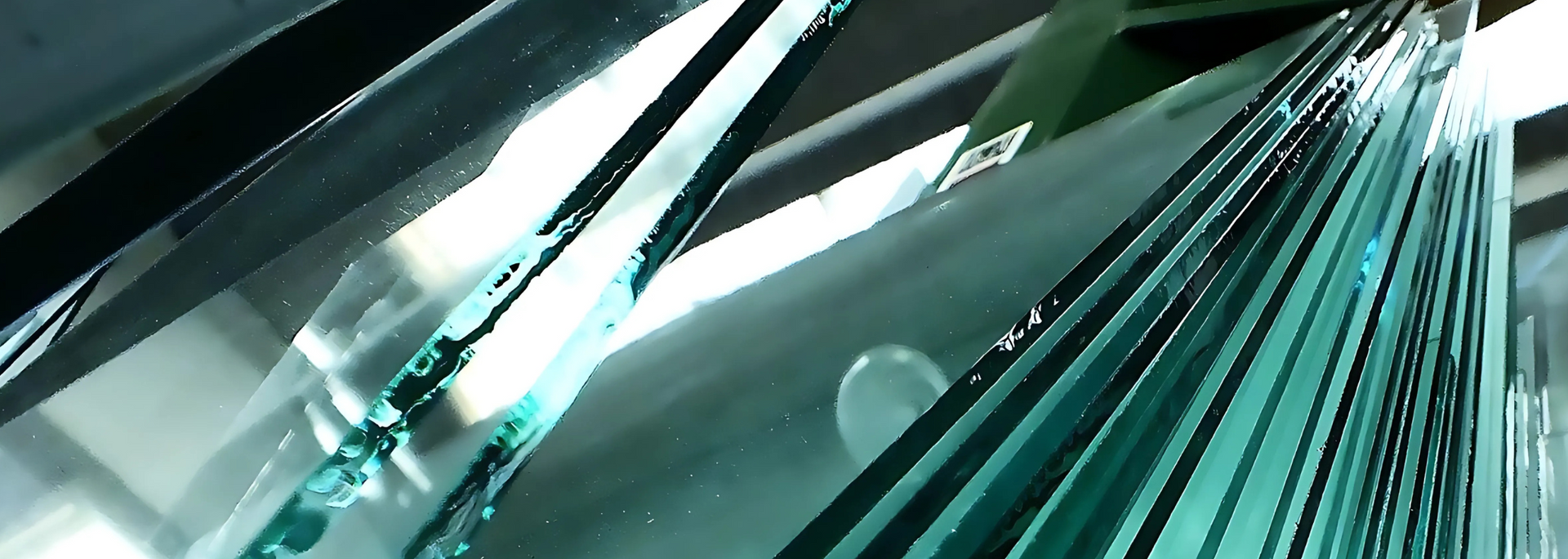
Toughened glass is a type of safety glass that's designed to break in a particular – and particularly safe – way. Unlike annealed glass, which breaks into large, jagged shards, toughened glass breaks into lots of tiny pieces.
And heat-strengthened glass, while not quite as sturdy as toughened glass, is around twice as strong as annealed glass. When laminated with toughened glass, it provides the benefits of all worlds – impressive strength and the tendency to remain in its frame if the glass breaks.
When we say "laminated", we mean "joined together with a plastic interlayer". This creates
laminated glass. Smart glass is, by its nature, a type of laminated glass – the smart technology is woven into the interlayer itself.
4. Low maintenance
When George Formby sings about cleaning windows, he makes it sound like a lot of fun. Heck, maybe you think it's a lot of fun too. But for most people, most of the time, cleaning windows is a drag.
Smart glass, by contrast, is easy to clean. It can quickly and easily wiped down with a soft cloth and some glass cleaner.
About TG SWITCH
Here at ToughGlaze, we have our own switchable smart glass: TG SWITCH. Like all our products, it's made right here at our state-of-the-art facilities – and like all our products, it's compliant with industry standards and can be cut to meet your precise requirements.
There are different kinds of smart glass on the market. Ours uses a third-generation NPRLC film and a water-resistant interlayer.
It can be used for both framed and frameless applications – and it can be seamlessly integrated with your smart home or smart office systems. You can hook it up to our user-friendly smartphone app or your own smart assistant.
So, if you're in the market for some durable, versatile, made-to-measure smart glass,
get in touch with us today for a quick, competitive quote. We'd love to get you the right materials for the job.


